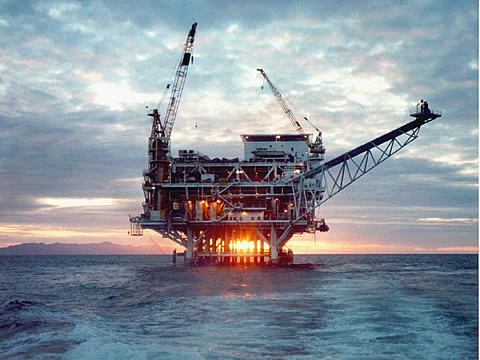Even prior to recent events, the topic of "presidential power" had been trending. There's now an entire law school course devoted to the Trump Administration's first 100 days; several of us at ELI recently assessed the viability of current and proposed executive branch actions in the regulatory arena; and federal court cases on the travel ban and on defunding sanctuary cities are a reminder that executive orders can be swiftly reviewed where they test constitutional or statutory limits.
 |
There have been few comparable fireworks thus far on energy and environment. With the exception of the "2-for-1" Executive Order on “Reducing Regulation,” which prompted an immediate lawsuit, most Administration directives in this area are on a delayed fuse, ordering agencies to "review" existing environmental rules and guidance and "take lawful action to suspend, revise, or rescind" them. Once such directives move beyond the Executive Office of the President, the Administrative Procedure Act and National Environmental Policy Act govern how (and how fast) the agencies can act, and how their actions can be contested.
Signed on April 28, Executive Order 13795 on "Implementing an America-First Offshore Energy Strategy" has both explosive and slow-burning aspects. One provision, Section 5, aims to immediately revoke President Obama's withdrawals of offshore Arctic and Atlantic areas from oil and gas leasing under the Outer Continental Shelf Lands Act; this unprecedented reversal has been challenged in court. Other provisions are no less sweeping, but will require time, agency resources, and public participation – not to mention the possibility of Congressional intervention and additional litigation – before their goals can be achieved.
I was invited by JURIST to unpack the offshore executive order and reflect on where it might be headed next. You can read the rest of the story here.
